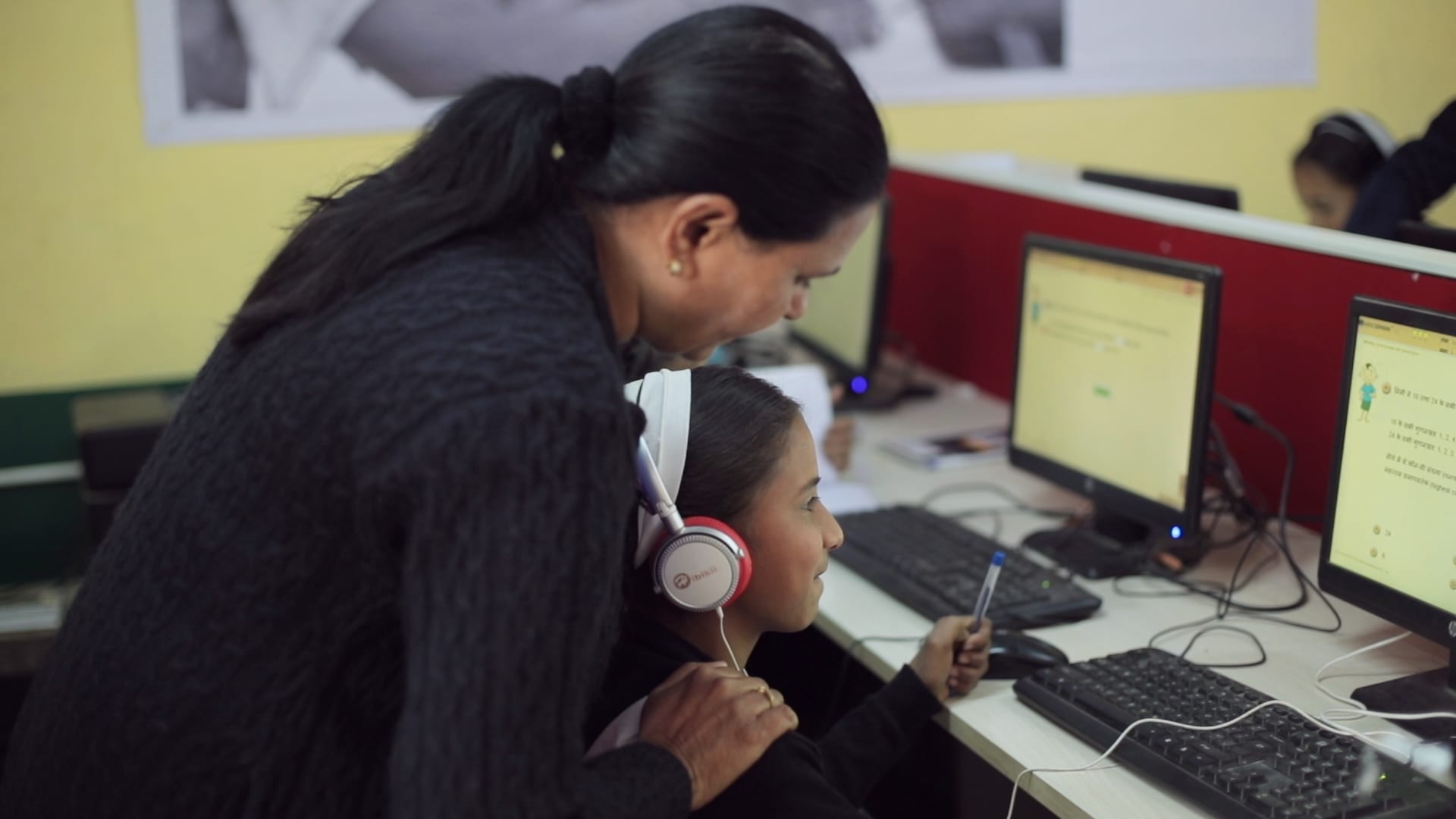Why scaling innovations is central to the development fightback.
By Alix Peterson Zwane
Feb 16, 2024
Innovation is central to the modern development agenda. The Covid pandemic in 2020–2021 wiped out 25 years of progress in lifting people out of poverty leaving, tragically, more people in poverty than there have been in recent memory.
We cannot take 25 years to regain this ground. We must find ways to move faster, and do so at a time of scarce resources, in a world with very different aspirations around a range of topics, from gender equality to carbon neutrality.
However, a successful innovation agenda requires equal attention to scale. Identifying impactful innovations and generating evidence on them are not enough to meet recovery and rebuilding goals. Backed by these proof points, innovations must be scalable and scaled.
GIF can already point to scaling success stories across our portfolio. We calculate that the innovations that we have supported that have scaled significantly, and for which sufficient data are available, give a social rate of return of 1.4 to 7.5 per dollar invested. Conservative assumptions about the performance of these innovations over the next five years suggest the return on the GIF portfolio as a whole is also positive, at 1.28 per dollar invested.
Here are just two examples from GIF’s portfolio which show the impact which successfully scaled innovations can have.
In 2015, we backed the non-profit Development Media International to experiment with radio edutainment messaging about modern contraception in Burkina Faso. DMI proposed undertaking a randomised controlled trial in the initial phase of the programme. At the midline survey, the research findings for these primary outcomes seemed very promising. DMI scaled the programme nationally and ultimately it has scaled throughout West Africa.
In 2017, we funded Education Initiatives (EI) to partner with the state government of Rajasthan in India to explore how to scale up a promising tablet-based personalised adaptive learning programme. Key to this project was that the government of Rajasthan was going to fund procurement of the hardware. In what may be GIF’s most catalytic investment ever, we funded a short consulting engagement to support the government to develop best practice guidelines for procuring software as a service. This was promoted to all states. While we cannot say exactly the impact of removing this barrier to scale, it is a fact that EI technology was introduced in several more states.
If those of us working in international development finance want to have impact then scaling the innovations we fund is imperative. GIF is playing its part, and we encourage other funders to do the same.
